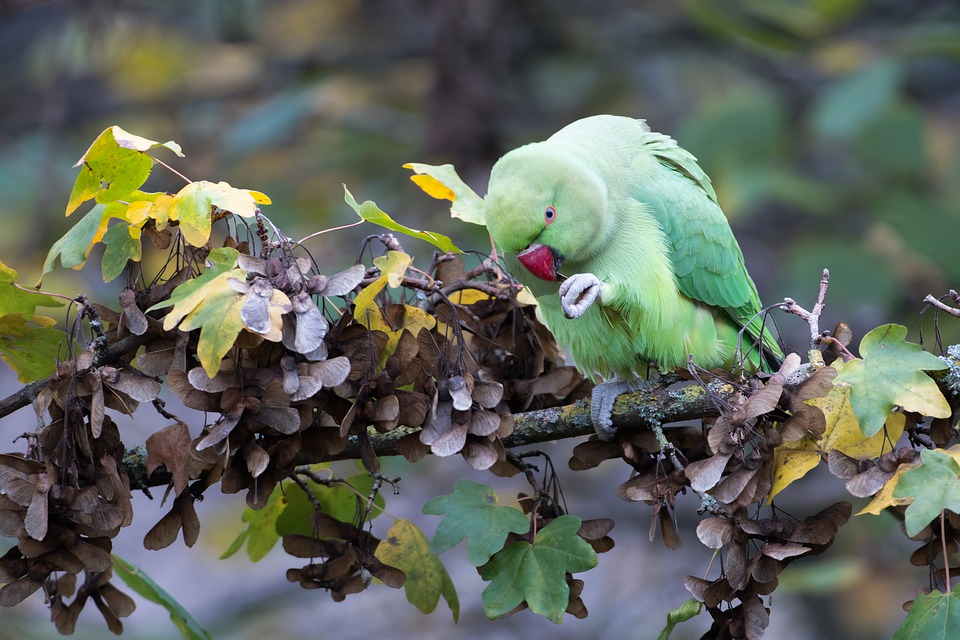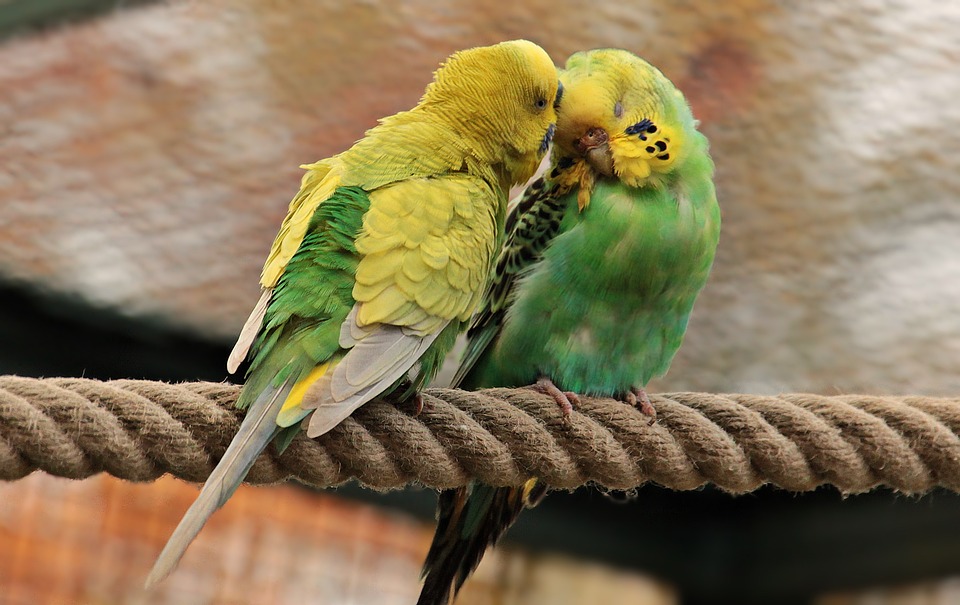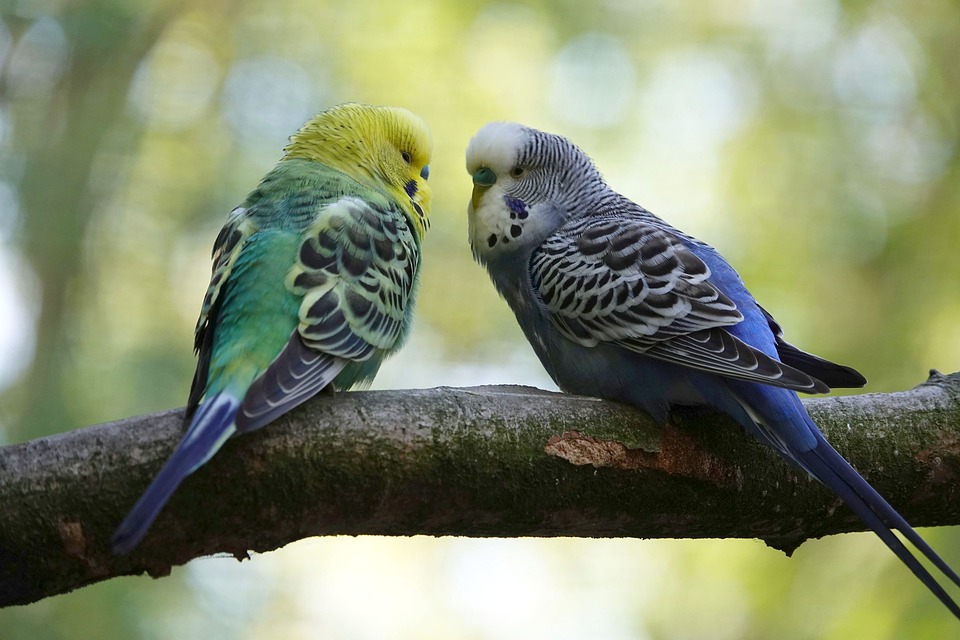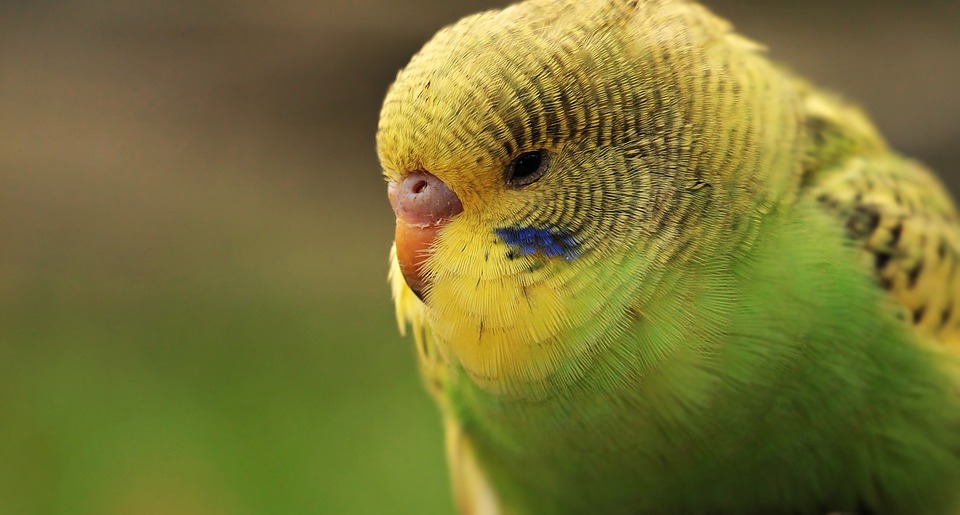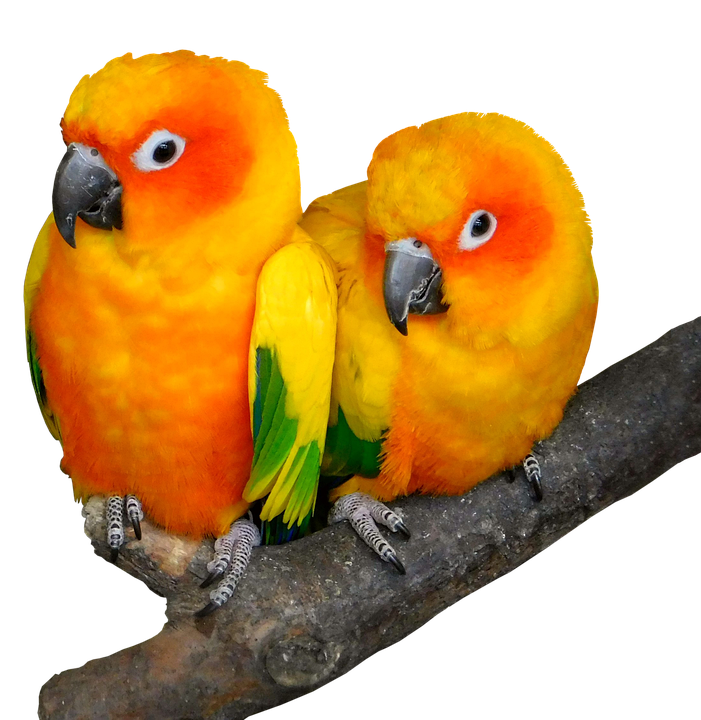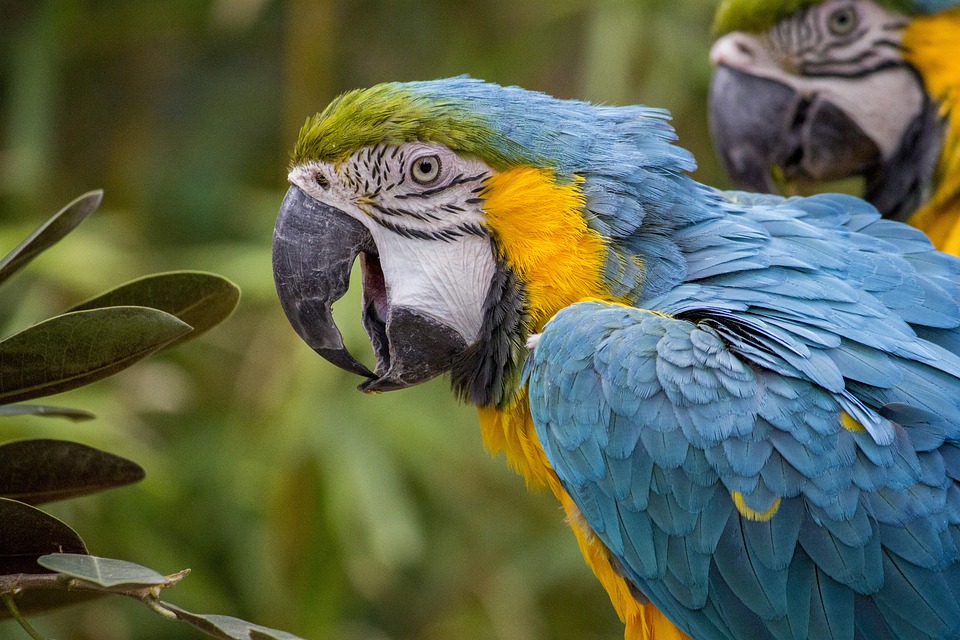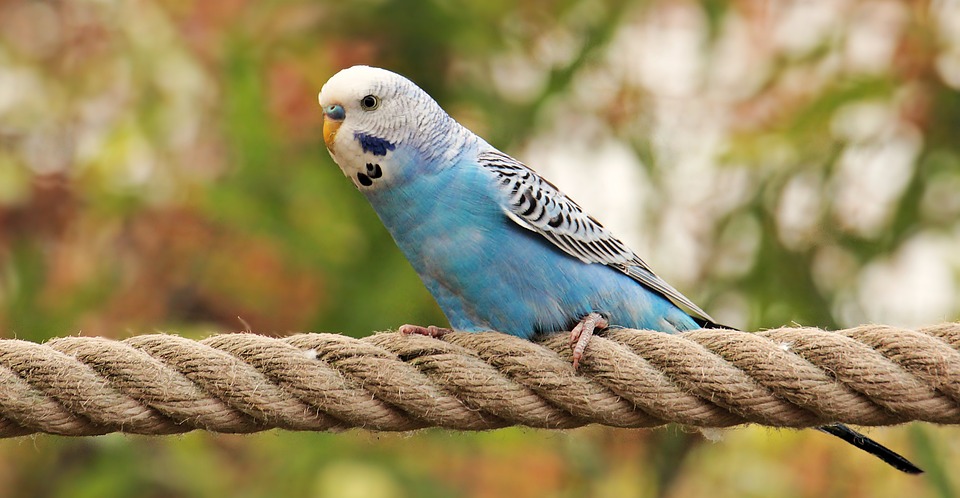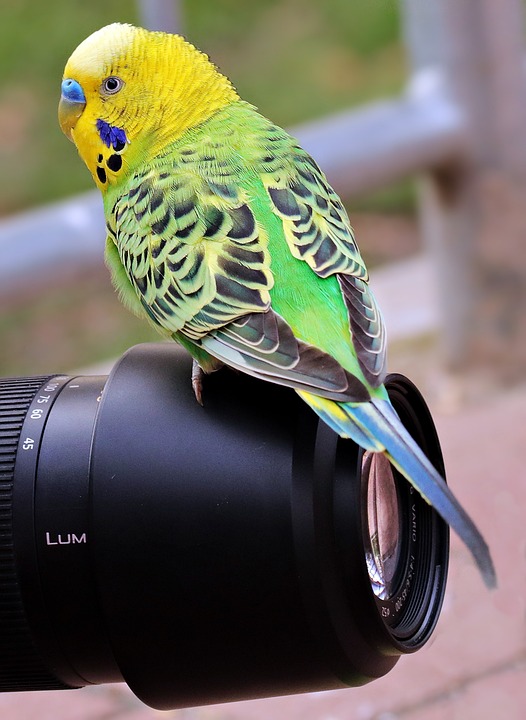Parrots are truly remarkable creatures, known for their vibrant colors, intelligence, and ability to mimic sounds. Among their repertoire of mimicry, one behavior that captivates both parrot owners and enthusiasts is their capability to imitate and whistle tunes. In this article, we will explore the fascinating world of parrot behavior, specifically focusing on the science behind whistling, the reasons why parrots mimic whistling tunes, and how you can encourage and understand this captivating behavior in your feathered friend.
I. The Science of Whistling in Parrots
To understand why parrots are able to whistle tunes, it is important to delve into the science behind their vocalization. Parrots possess a unique anatomical structure that enables them to produce a wide range of sounds. Their vocalization is primarily controlled by a specialized vocal organ called the syrinx, which is located at the base of their trachea. This complex organ allows parrots to modulate the airflow and manipulate their vocal cords, resulting in a diverse array of sounds, including whistling.
Parrots are also known for their exceptional vocal learning and mimicry abilities. They have the remarkable capacity to imitate a variety of sounds they hear in their environment, including human speech, melodies, and tunes. This ability is not innate but rather acquired through a process of vocal learning, which involves listening, imitating, and practicing different sounds until they can accurately reproduce them.
II. Why Do Parrots Mimic Whistling Tunes?
There are several reasons why parrots engage in the behavior of mimicking and whistling tunes:
1. Social interaction and bonding: Parrots are highly social creatures, and mimicking whistling tunes allows them to engage in vocal exchanges and communicate with their human companions. It can serve as a means of bonding and establishing a connection between the parrot and its owner.
2. Attention-seeking behavior: Parrots are intelligent animals that crave mental stimulation and social interaction. They may mimic whistling tunes as a way to attract attention and engage their owners in play or interaction.
3. Cognitive stimulation and enrichment: Whistling requires focus, concentration, and memory skills. By engaging in this behavior, parrots receive mental stimulation and enrichment, which is important for their overall cognitive well-being.
4. Reinforcement and reward: Parrots are highly motivated by rewards and positive reinforcement. If a parrot receives attention, praise, or treats when it whistles a particular tune, it is likely to continue engaging in this behavior.
III. Encouraging Whistling Behavior in Parrots
If you want to encourage your parrot to engage in whistling behavior, there are several strategies you can implement:
1. Creating a stimulating environment: Provide your parrot with a rich and varied environment that includes toys, puzzles, and interactive objects. This will stimulate their curiosity and encourage them to explore new sounds and behaviors.
2. Playing music and whistling tunes: Expose your parrot to different types of music and whistling tunes. Play these tunes regularly, and your parrot may start to imitate and whistle them.
3. Positive reinforcement and rewards: Whenever your parrot whistles a tune or imitates a sound, provide positive reinforcement such as praise, treats, or affection. This will reinforce the behavior and increase the likelihood of its continuation.
4. Interacting with your parrot through whistling: Whistling tunes with your parrot can be a fun and interactive way to bond with them. Take turns whistling different tunes and observe their response. This shared activity can strengthen your relationship and enhance their whistling abilities.
IV. Understanding Your Parrot’s Whistling Repertoire
Each parrot has its own unique whistling repertoire, and it is important to understand and appreciate the individual variation in their abilities. Some parrots may be able to accurately mimic a wide range of tunes, while others may have a more limited repertoire. Additionally, certain parrot species may be more proficient at whistling than others.
It is also important to learn to distinguish between whistling and other vocalizations. Parrots have a diverse array of sounds in their vocal repertoire, including squawking, chirping, and whistling. By familiarizing yourself with their different vocalizations, you can better understand the meaning and context behind their whistling behavior.
V. Frequently Asked Questions (FAQs)
To provide further clarity on the topic of parrot whistling behavior, here are some commonly asked questions:
Q1. Can all parrot species mimic and whistle tunes?
A1. While most parrot species have the ability to mimic sounds, the extent to which they can whistle tunes may vary. Some species, such as African Grey Parrots and Amazon Parrots, are known for their exceptional mimicry skills and may be more proficient at whistling.
Q2. How can I teach my parrot to whistle a specific tune?
A2. Teaching a parrot to whistle a specific tune requires patience and consistency. Start by whistling the tune yourself and repeat it frequently in the presence of your parrot. Eventually, they may start to imitate and whistle the tune. Positive reinforcement, such as treats or praise, can also be used to encourage the desired behavior.
Q3. Is whistling behavior primarily seen in male parrots?
A3. Whistling behavior is not limited to male parrots. Both male and female parrots have the ability to whistle and engage in vocal mimicry.
Q4. What should I do if my parrot becomes obsessed with a particular tune?
A4. If your parrot becomes fixated on a particular tune and begins to excessively whistle it, it is important to provide mental and physical stimulation in other areas. Introduce new toys, puzzles, and activities to redirect their attention and prevent obsessive behavior.
Q5. Are there any health risks associated with excessive whistling behavior in parrots?
A5. Excessive whistling behavior in parrots is generally not associated with health risks. However, it is important to ensure that your parrot’s vocalizations, including whistling, do not become too loud or prolonged, as this can potentially strain their vocal cords and lead to health issues.
Q6. Can parrots understand the meaning of the whistled tunes they mimic?
A6. Parrots primarily mimic sounds for social interaction and attention. While they may not understand the specific meaning behind the whistled tunes, they do recognize the positive response they receive from their human companions.
Q7. Will whistling behavior impact my parrot’s ability to communicate with me?
A7. Whistling behavior does not typically hinder a parrot’s ability to communicate with its owner. Parrots have a diverse range of vocalizations, including whistling, squawking, and speech mimicry, which they utilize to communicate their needs and desires.
Conclusion:
Parrots never cease to amaze us with their incredible abilities, and their skill to mimic and whistle tunes adds an extra layer of fascination. By understanding the science behind their vocalization, the reasons behind their mimicry, and how to encourage and interpret their whistling repertoire, you can deepen your bond with these captivating creatures. So, sit back, relax, and enjoy the melodious journey into the captivating world of parrot behavior!

